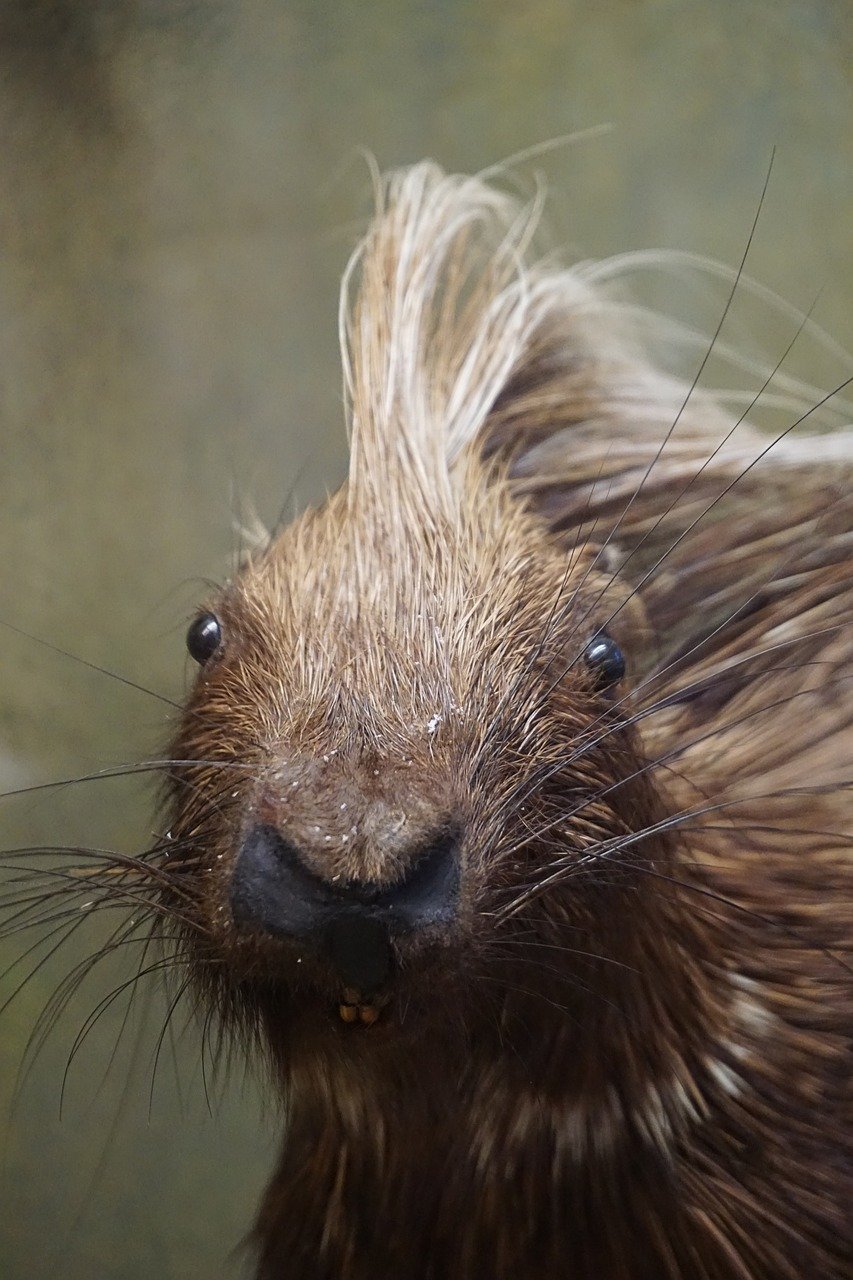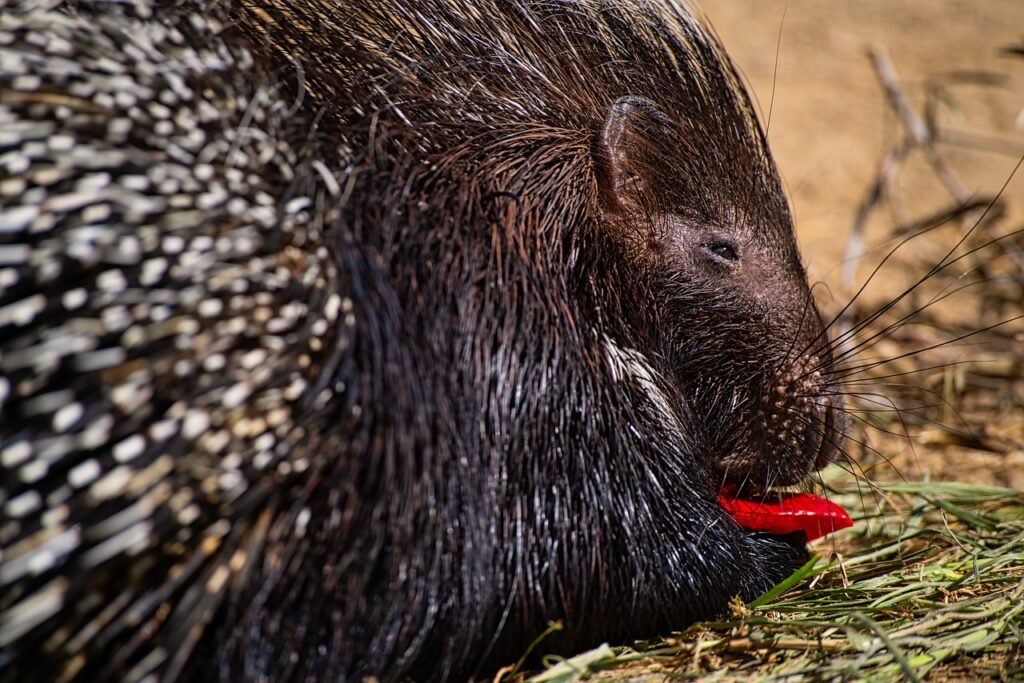Harness training allows you to safely bring your porcupine outdoors, providing them with the opportunity to explore and enjoy a change of scenery. However, harness training requires patience, positive reinforcement, and a gradual approach. In this guide, we’ll walk you through the steps to harness train your porcupine for a safe and enjoyable outdoor experience.
Getting Started:
1. Choose the Right Harness:
- Select a harness specifically designed for small animals like porcupines. Ensure it fits snugly but is not too tight, allowing your porcupine to move comfortably.
2. Introduce the Harness Gradually:
- Start by allowing your porcupine to inspect the harness without wearing it. Let them sniff and touch it to familiarize themselves with the new object.
3. Positive Associations:
- Associate the harness with positive experiences. Offer treats, praise, or gentle strokes when your porcupine interacts with the harness, creating a positive association.
4. Harness Desensitization:
- Gradually introduce the harness by placing it on your porcupine for short periods. Initially, let them wear it indoors without attaching a leash. Reward calm behavior.
5. Attach Leash Indoors:
- Once your porcupine is comfortable with the harness, attach a lightweight leash indoors. Allow them to move around while supervised. Reward them for positive behavior.
Outdoor Harness Training:
1. Choose a Safe Outdoor Area:
- Pick a secure and enclosed outdoor space for the initial outdoor training sessions. Avoid areas with potential hazards.
2. Supervise Closely:
- Always closely supervise your porcupine during outdoor sessions. Be attentive to their reactions and ready to intervene if needed.
3. Explore in Short Sessions:
- Start with short outdoor sessions, gradually increasing the duration as your porcupine becomes more accustomed to the environment.
4. Positive Reinforcement:
- Use positive reinforcement during outdoor exploration. Reward your porcupine for calm behavior, exploration, and responding to cues.
5. Gradual Exposure:
- Gradually expose your porcupine to different outdoor elements such as grass, rocks, or different surfaces. Allow them to explore at their own pace.
6. Monitor Stress Signs:
- Pay attention to signs of stress, such as raised quills or excessive vocalizations. If your porcupine shows signs of distress, return indoors and try again later.
7. Build Trust:
- Building trust is crucial. Spend time bonding with your porcupine outdoors, providing a positive experience that strengthens your relationship.
Tips for Successful Harness Training:
1. Be Patient:
- Patience is key. Harness training takes time, and each porcupine progresses at their own pace. Be patient and allow them to adjust gradually.
2. Positive Associations:
- Continue to associate the harness with positive experiences. Use treats, gentle praise, and positive interactions to reinforce good behavior.
3. Consistency is Crucial:
- Consistency is crucial for successful harness training. Stick to a regular routine to reinforce positive behaviors.
4. Respect Individual Preferences:
- Respect your porcupine’s preferences. If they show signs of discomfort or stress, adjust the training pace accordingly.
5. Celebrate Small Wins:
- Celebrate small victories during the training process. Recognize and reward progress, no matter how incremental.
6. Ensure a Comfortable Fit:
- Regularly check the fit of the harness to ensure it remains comfortable. Adjust as needed, especially if your porcupine grows.
7. Consult with a Veterinarian:
- Before embarking on outdoor adventures, consult with your veterinarian to ensure your porcupine is in good health and suitable for harness training.
Harness training can be a rewarding experience for both you and your porcupine, allowing them to safely explore the outdoors and enrich their lives. With patience, positive reinforcement, and careful supervision, you can build a strong bond and create enjoyable outdoor adventures for your quilled companion.



